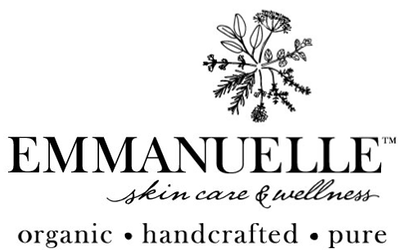
“Look deep into nature and you will understand everything better”. Albert Einstein
The materia for our products are derived from nature.
The beneficial qualities of plants and herbs have been observed and practically applied for millennia.
Amazingly, there are an estimated over 390,000 different species. From duckweeds that are only a few millimeters in length to the giant sequoias of California that can reach 90 feet in height!
As “organic” matter, they “organize” various raw materials for our benefit, mainly through photosynthesis.
In this incredible process, they convert light energy, water, carbon dioxide and minerals into oxygen and energy-rich organic compounds,
These are stored in their flowers, fruits, stems, leaves, bark, roots, resins or seeds.
It would be impossible to overestimate the importance of plants and their ability to photosynthesize in the maintenance of life on Earth.
They are factories creating the oxygen we breathe. Storehouses for the chemical energy essential to life.
We are adapted to assimilate their bio-active chemical compounds. Anything we consume should – optimally – be filled with their life force.
Our focus is the chemical energy that we can breathe through their aromas and absorb through our skin.
Materia Medica
Scientific studies using all the tools and protocols of modern labs have identified the biochemical compounds that act within our organism.
Numerous reputable authors, including David Winston, have complied comprehensive materia medica*, the body of collected knowledge about their therapeutic properties, on hundreds of plants and herbs.
Our formulations aspire to apply this knowledge to optimize nature’s therapeutic gifts.
It is beyond the scope of this site to list the many wonderful plants we use in our products.
To help our customers understand a little more about their qualities, we have chosen three of our favourites for illustrative purposes.
Lavender (lavendula officinalis)

Description: A perennial shrub with silvery, narrow leaves and attractive small purple/blue flowers arranged in slender spikes.
Parts used: Flowers, dried or distilled for essential oil.
Therapeutic category: sedative, spasmolytic, antimicrobial
Active ingredients: monoterpanoids, sequiterpanoids and octanone
Calendula (calendula officianalis)

Description: Aromatic herb with attractive yellow or orange sun shaped flowers
Parts used: Flowers, essential oil
Therapeutic category: anti-inflammatory, antispasmodic
Active ingredients: Essential oil contains mainly sesquiterpenoids.
St. John’s Wort (hypericum perforatum)

Description: A small shrublet with bright yellow flowers, dotted with small dark-coloured glands from which a dark red oil can be extracted.
Parts used: Dried flowering tops
Therapeutic category: Antidepressant, wound healing
Active ingredients: Phenols, terpenoids, hyperforin and hypericin
Thousands of plants and herbs are categorized in this way. A lifetime is not enough to study them all.
Everything starts with the plants and high-quality organic sources.
* The term materia medica derives from the title of a work by the Ancient Greek physician Pedanius Dioscorides in the 1st century AD, De materia medica, 'On medical material'.

Read more about quality here: About Quality
